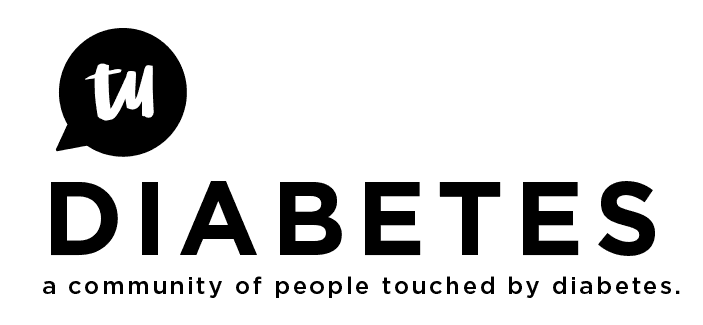Hi, Sarah.
My son started pumping just a few months after being diagnosed - nearly nine years ago - and I still remember how frustrating, and for me, scary that time was. Everything I knew was no longer relevant. Numbers were just not making sense. Adjustments made by the doctor were not working. We did eventually adjust and life was much easier for my son on the pump, but the transition was difficult for us.
I may not be understanding your issue/question correctly, but it sounds like you corrected an out of range blood sugar and then wanted to bolus for a meal an hour later and ended up high after that meal. It sounds like you attribute this to the reduction in meal bolus calculated for the correction IOB that existed when you ate.
If I have that correct, I would ask if you had a new glucose reading at the time of your meal. If you did, then a calculation would be included that recalculates how much correction insulin you need based upon your new BG and a calculation for the meal bolus. If that calculation was done, presumably, the IOB calculation would not be the cause of your high BG.
If you did not have a new BG, theoretically, you should/could assume that the correction bolus was appropriate and needed, and now you need a full bolus for food and should not reduce your meal bolus for IOB - the IOB is assumed as needed for the blood sugar it corrected and hour ago.
So on the topic of duration, at the risk of being highly scrutinized, I will share that my son’s is set for 2 hours. I am not recommending that anyone else do the same, but this is what we do for mathematical calculations that always include a review and manual adjustment on our part as we see fit. We’ve had it at 2 hours ever since he started pumping, and he is an Apidra user. We do this to avoid the erroneous reduction in IOB that we saw with a longer DIA that resulted in highs, but we know that there is a tail of insulin that makes actual DIA longer than the programmed 2 hours. I know people will read that and say - well that’s just stupid - if you know it’s longer then make it longer. The mathematical calculations with a longer duration just did not work for us. When we were trained, our CDE prescribed the 2 hr duration. The trainer made it 3 hrs. The CDE changed it back. So clearly, there are differing opinions and strategies.
As you have pointed out, there are so many settings to determine and it’s really an evil exercise to try and figure them all out at once. There are simply too many variables working at once and it’s hard to identify which needs to be tweaked with none of them being “known” out of the gate.
Back to DIA, what is unfortunate about the way OmniPod, and I think most other pumps, calculate IOB, is the fact that it’s determined by a straight line method. The bolus amount is divided by the number of hours in the DIA and that’s the amount that is attributed to each hour. In fact, insulin does not work that way. If DIA is truly 4 hours - let’s just say that for argument’s sake - more than half of the effectiveness of a bolus takes place in the first 2 hours, but the pump calculates it as only half. That means it attributes half of the insulin to the second two hour period, when in fact the tail of DIA is less than that during that period. Insulin just does not work in a straight line way. The cosmo pump, which is no longer available, used a more sophisticated calculation for IOB that better matched actual DIA. If the OmniPod used that method of calculation, Caleb’s DIA would be set as longer.
So, where does that leave you? Probably no less anxious and frustrated, but maybe with a little better understanding of what the pump is doing. We took copious notes when Caleb first started pumping and that really helped us to isolate causes and make adjustments. I think you are right, it just takes some time and patience, and eventually things will be a bit more refined and much easier, although we are continually refining even after eight plus years of pumping.
